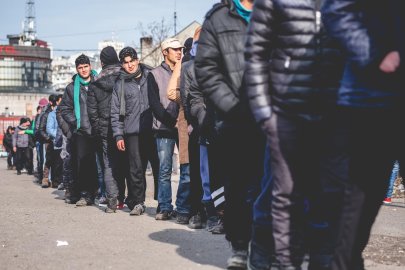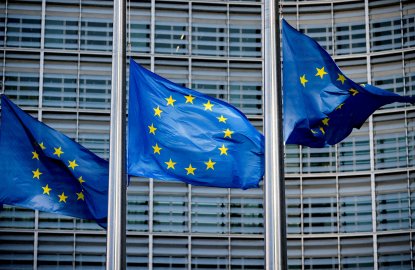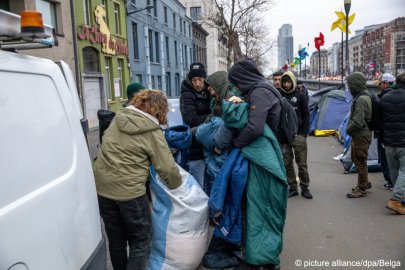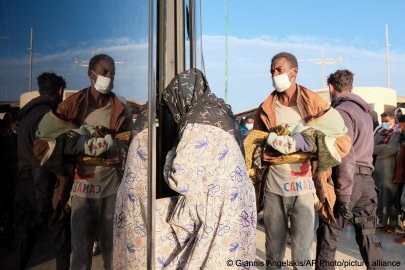Western Balkans: Managing migration and return hubs discussed at London summit
Source: InfoMigrants: reliable and verified news for migrants – InfoMigrants
The Balkan Route is a major pathway into Europe for asylum seekers, including those fleeing wars in Syria and Iraq. Its use dates back to 2012, when the EU eased visa restrictions for several Balkan countries.
Officials from six Western Balkan nations are meeting with European officials today in London to discuss migration, security, and economic growth. Western Balkan countries that are attending the talks include Albania, Bosnia, Kosovo, North Macedonia, Montenegro, and Serbia.
While no longer a part of the European Union, the UK government under Prime Minister Keir Starmer has prioritized methods to reduce irregular migration via a myriad of measures that include an intention to set up ‘return hubs,’ bolstering security at border control touch points, and establishing local development and economic projects in areas where the migrants come from.
During a state visit to Albania in May, Starmer announced his government’s plans to draw up agreements with several third countries that could host return hubs for asylum seekers refused the right to stay in Britain.
In the case of Albania, which is designated as a safe country by the UK, Albanian nationals cannot seek asylum in the UK.
Breaking up criminal gangs
The UK is already working with North Macedonia, Montenegro, Serbia, Albania, Bosnia and Herzegovina, and Kosovo to dismantle smuggling networks and bring down the number of small boat arrivals across the Channel.
Some 22,000 people were reportedly smuggled by gangs along routes through the Western Balkans last year.
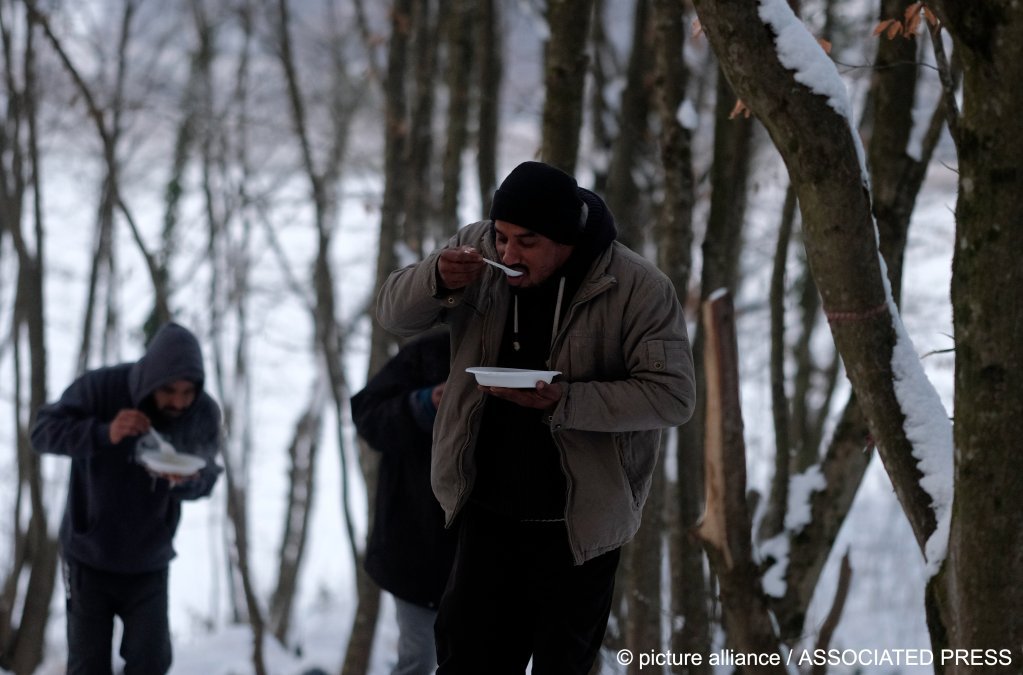
According to the UK authorities, the last three years saw a 95 percent reduction in Albanian small boat arrivals, while the number of Albanians returned to the country has also doubled in the past two years.
Official government data indicates that in 2022 Albanians were the top nationality detected arriving by small boat, with 12,658 arrivals, but have declined to only 626 small boat arrivals in the year ending March 2025.
The number of recorded detections at UK ports in the year ending March 2025 has also decreased by nearly 75 percent since 2018. The most common nationality in this category was Albanians.
Parallel to strengthening security forces in the region, the UK is also seeking countries willing to host ‘return hubs’ where rejected asylum-seekers could be held until they can be deported.
Read Also
UK seeks to draw up agreements with third countries for return hubs
Albania and Montenegro reject return hubs
However, leaders of Albania and Montenegro have openly rejected the idea of establishing UK return hubs in their countries.
“When it comes to the hubs, or whatever they are called, I’ve said it, and I repeat — never in Albania,” Albanian Prime Minister Edi Rama said on Tuesday.
Under a deal that has been widely criticized, Albania already hosts migrant detention centers on behalf of Italy, where non-vulnerable people intercepted in international waters in the Mediterranean Sea are brought for the processing and evaluation of their asylum claim.
Since the Italian-Albanian scheme began though, very few migrants have actually been processed in these centers, let alone sent home from there.
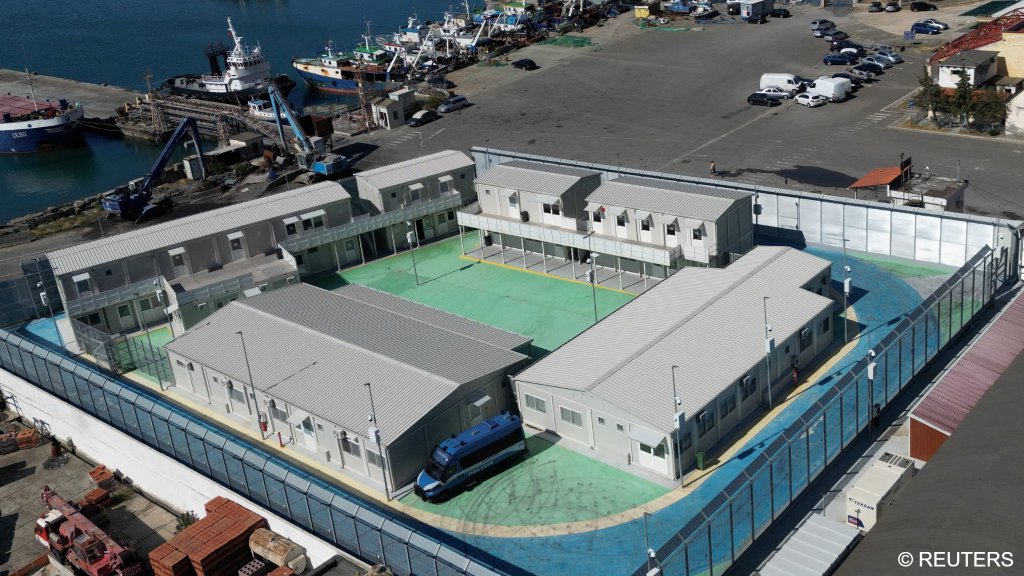
In July, NGOs forming the national asylum and immigration coalition (TAI) called for the immediate suspension of the deal. The TAI alleged that 132 people were taken from Italian migrant detention centers (known as CPRs) and transferred to Albania. TAI further claimed that the people were handcuffed with cable ties and in the majority of the cases, were not informed where they were being taken to.
Meanwhile, Milojko Spajic, Prime Minister of Montenegro, said he would possibly consider a return hub deal with the UK, if that country agreed to invest “10 billion euros into building railways.
According to Spajic, Montenegro is not part of the Balkan Route because its railway infrastructure is not developed enough.
Read Also
Report finds Italy’s migrant centers in Albania are ‘costly and inefficient’
The Balkan route
The use of the Balkan Route, to access Western Europe to seek asylum can be traced back to 2012 when the European Union loosened visa restrictions on Balkan countries such as Albania, Bosnia and Herzegovina, Montenegro, Serbia, and the former Yugoslav Republic of Macedonia.
The Balkan Route is the path that usually begins in Turkey and makes its way through either Bulgaria or Greece. People, among them those escaping wars in Syria and Iraq, travel further north until they reach Slovenia or Hungary.
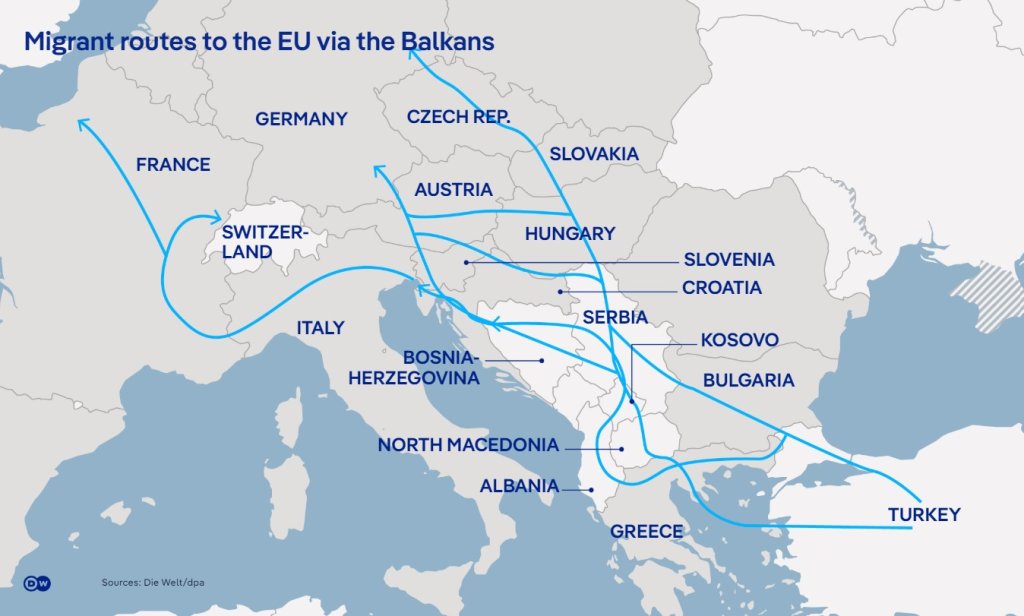
More recent reports show how the Balkan migration route has been taken over by criminal networks and smugglers. The closure of border camps, which had once offered transit shelter, has not stopped the migratory path in the Balkans. Rights groups have argued that the closure, together with increasingly restrictive EU border control policies, has transformed the route into a dangerous pathway of criminal activity.
The borderlands of Serbia, Bosnia, and Hungary are reportedly riddled with abductions, extortions, and other forms of abuse perpetrated by smugglers, who are often members of larger organized crime networks.
At the Berlin Process Foreign Ministers’ Meeting in Belfast earlier this month, the Balkan Route was a key topic of discussion. The Berlin Process, launched in 2014 by former German Chancellor Angela Merkel, supports the Western Balkans’ efforts toward Euro-Atlantic integration and includes six aspiring EU members alongside several EU countries and institutions as sponsors.
Read Also
Balkan Route: Migrants for ransom
The original article: belongs to InfoMigrants: reliable and verified news for migrants – InfoMigrants .
